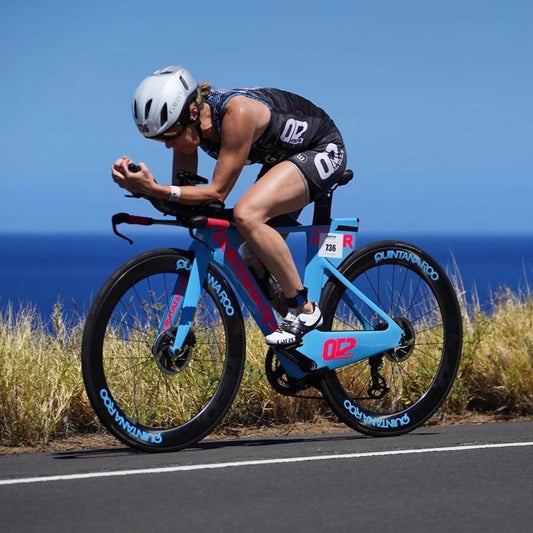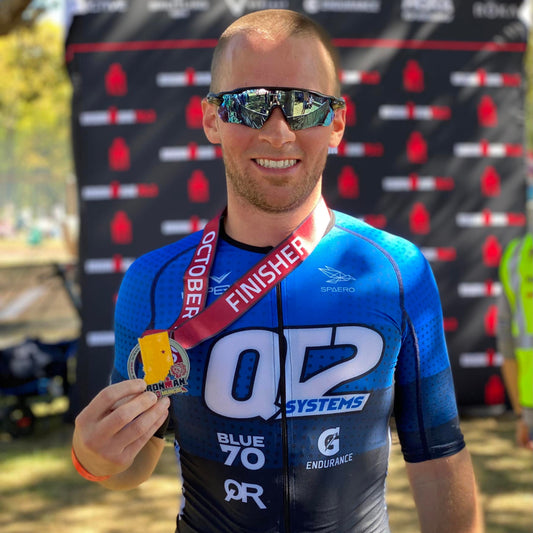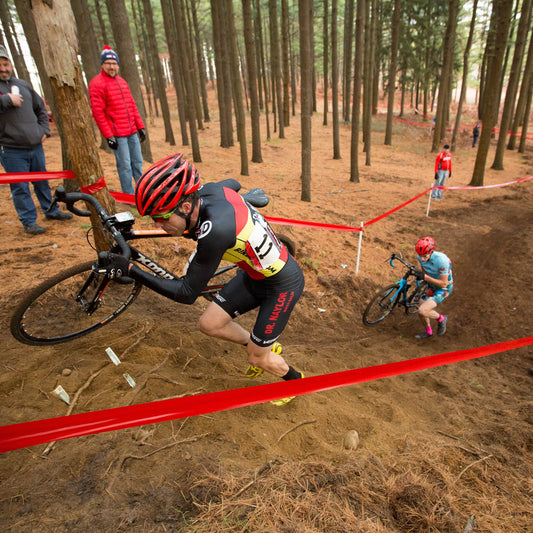IM Training Week
I recently completed IM Lake Placid (my first IM) in 10:09:54. I'm not genetically gifted, and did not start my triathlon racing until 2000. I had no prior swimming, biking, or running experience. My first half Ironman was completed in over 6 hours in 2000 and was not very comfortable. In general, I think some middle/back of the pack athletes underestimate what they can accomplish. With dedication and consistency I think a surprising amount of performance can be gained in triathlon. As part of the quest to do well, a lot of athletes ask what a typical build week for IM should look like. In preparation for Placid my typical build week looked like this:
This was my typical sustainable week (about 23 hours) for four weeks prior to the two final build (overload) weeks. After adding 20% for the final two week build according to the taper protocols, I just met the critical volume for IM. I had competed in triathlon for 6 years before doing Ironman so that I could safely meet critical volume for the event. I believe that by meeting critical volume for the event (and some damn good nutrition) I was able to pass a significant number of people in the second half of the run and not loose an unreasonable amount time (like many others). The example week above should be met for at least four weeks prior to the final two-week build. All of the weeks prior to that should be spent preparing the body for these key weeks (5 through 10 out from the race) like that shown above. Yes, that's right, you need to train in order to be able to train for IM properly. This positions the athlete to meet critical volume during that final two-week build and allows them to "race" the IM. Obviously not every athlete will be able to jump into this schedule. I encourage athletes to look at their current weekly sustainable volume and add 20-30% to it per year until this volume (80% of critical) can be met. Once it can be met, it's safe to say they are ready for IM. Much less than that and they are gambling with injury, the medic tent, or a very long day. Because critical volume is not met, the athlete can expect to "hit the wall" at some point during the race and loose significant time (and feel like crap). In IM, not meeting critical volume can significantly limit an athlete's speed potential. The exception to the rule is an athlete that has a significant amount of IM race experience which allows them to cut back slightly on the critical volume guidelines without detrimental effects.
When I began triathlon in 2000, my sustainable weekly volume was about 6 hours. More than this and I could not recover properly or would become injured. Since then, I have systematically increased my volume by approximately 25% per year in order to safely get where I am now. I'm a believer in racing the distance you're prepared for. Some folks don't realize that monster weeks (and IM) take years to prepare for (at least 4-5 if you start from nothing for most). However, most can do it with dedication, consistency and time.
-Jesse





